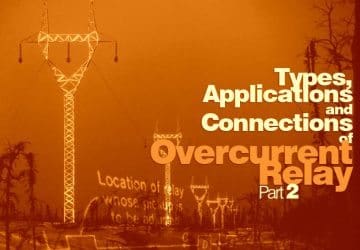An Overview Of Short Circuit Current (part 2)
Continued from previous technical article: An Overview Of Short Circuit Current (part 1) Sub transient reactance Xd” is the apparent reactance of the stator winding at the instant short circuit occurs, and it determines the current flow during the first… Read more
Feb 27, 2013 | By Asif Eqbal
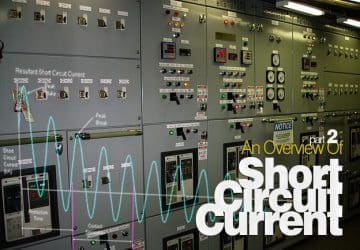
An Overview Of Short Circuit Current (part 1)
There are essentially four types of faults: three-phase, single line-to-ground, double line-to-ground, and line-to-line. Each of these types of faults can result in different magnitudes of fault current. In all types, however, there is a common element: an abnormally low-impedance… Read more
Feb 25, 2013 | By Asif Eqbal
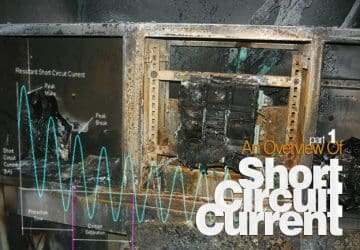
Super Capacitors – Different Than Others (part 1)
Capacitors store electric charge. Because the charge is stored physically, with no chemical or phase changes taking place, the process is highly reversible and the discharge-charge cycle can be repeated over and over again, virtually without limit. Electrochemical capacitors (ECs) variously… Read more
Feb 23, 2013 | By sravankumarpadala
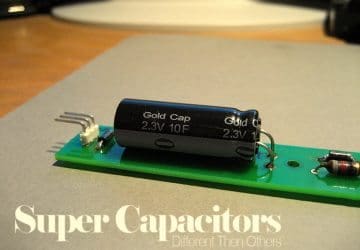
And Now Something We All Use – The Socket Outlets
A socket outlet is a female socket connected to the power wiring in the building and will accept the male plug attached at the end of the flexible cord of an appliance such as a vacuum cleaner, electric fire or… Read more
Feb 22, 2013 | By Edvard Csanyi
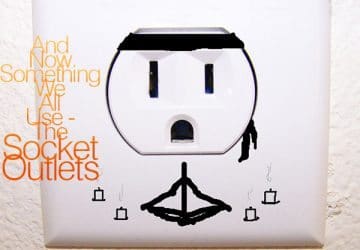
Things You Should Know About Medium Voltage GIS
Environmental Concerns Safety Concerns Special Handling Procedures Installation Concerns Operation and Maintenance Concerns End of Life / Recycling Concerns Conclusion Medium voltage (5-38 kV) gas insulated switchgear (GIS) differs greatly from the medium voltage AIS – Air insulated switchgear commonly… Read more
Feb 20, 2013 | By Edvard Csanyi
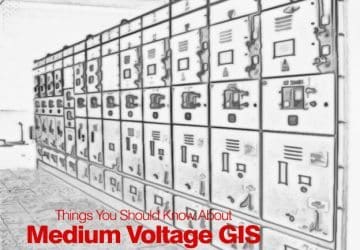
Transformer Routine Test – Measurement Of No-Load Loss And Current
The no-load losses are very much related to the operational performance of a transformer. As long as the transformer is operated, these losses occur. For this reason, no load losses are very important for operational economy. No-load losses are also… Read more
Feb 18, 2013 | By Edvard Csanyi

Direct Starting Of Squirrel-Cage Induction Motors
The direct starting (Direct On Line, DOL) is the simplest and most cost-efficient method of starting a motor. This is assuming that the power supply can easily deliver the high starting current and that the power transmission components and the working… Read more
Feb 16, 2013 | By Edvard Csanyi

Using High-Speed Grounding Switches
Automatic high-speed grounding switches are applied for protection of power transformers when the cost of supplying other protective equipment is deemed unjustifiable and the amount of system disturbance that the high-speed grounding switch creates is judged acceptable. The switches are… Read more
Feb 15, 2013 | By Edvard Csanyi
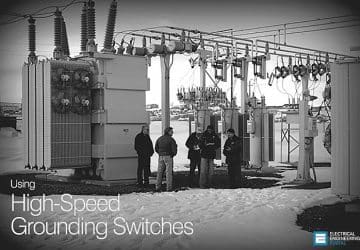
Medium Voltage Switchgear (2) – Selection of Switching Devices
Continued from first part: Medium Voltage Switchgear (1) – Basics of Switching Devices Switching devices are selected both according to their ratings and according to the switching duties to be performed, which also includes the switching rates. Selection according to… Read more
Feb 13, 2013 | By Emmanouil Angeladas

The Basics of Switching Devices In Medium Voltage Switchgear (Part 1)
According to international rules, there are only two voltage levels: Low voltage: up to and including 1kV AC (or 1,500V DC) and High voltage: above 1kV AC (or 1,500V DC). Most electrical appliances used in household, commercial and industrial applications work with low… Read more
Feb 11, 2013 | By Emmanouil Angeladas

How Do We Define Hazardous Areas?
The first requirement is to know what a hazardous area is. The principal factors relevant to the classifications of a hazardous area are the nature of the gases or dust present in the potentially explosive atmosphere and the likelihood of… Read more
Feb 09, 2013 | By Edvard Csanyi
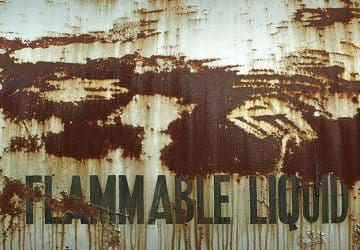
How Motor Really Works?
The basic working of a motor is based on the fact that when ‘a current carrying conductor is placed in a magnetic field, it experiences a force’. If you take a simple DC motor, it has a current-carrying coil supported… Read more
Feb 08, 2013 | By Edvard Csanyi

Did Tesla Discover the Secrets of Antigravity?
Nikola Tesla has been credited for the creation of much of the technology that we take for granted today. Without the genius of Tesla we would not have: Radio, Television, AC electricity, Tesla coil, Flourescent lighting, Neon lighting, Radio control… Read more
Feb 06, 2013 | By Edvard Csanyi

How to Monitor Wind Speed?
When considering wind power, most people ask what the average annual wind speed is and how to get that number. The usual response is that you must monitor the wind speed at your site for at least 12 months, preferably… Read more
Feb 04, 2013 | By Edvard Csanyi

Connections Of Overcurrent Relay
This technical article is continued from first part: Types and Applications Of Overcurrent Relay It’s used for: 3-phase faults the overcurrent relays in all the 3-phases act. Phase to phase faults the relays in only the affected phases operate. Single… Read more
Feb 02, 2013 | By Jignesh Parmar
